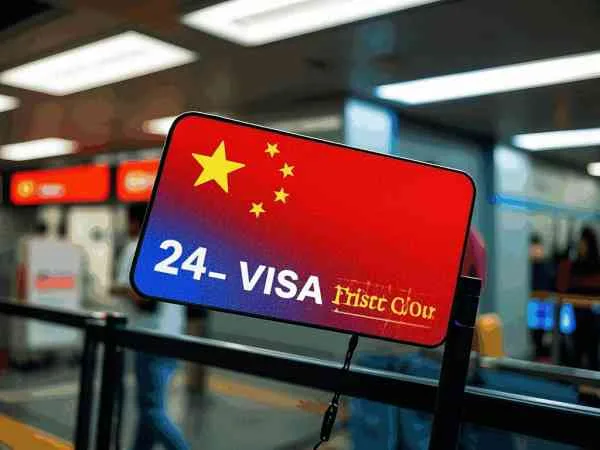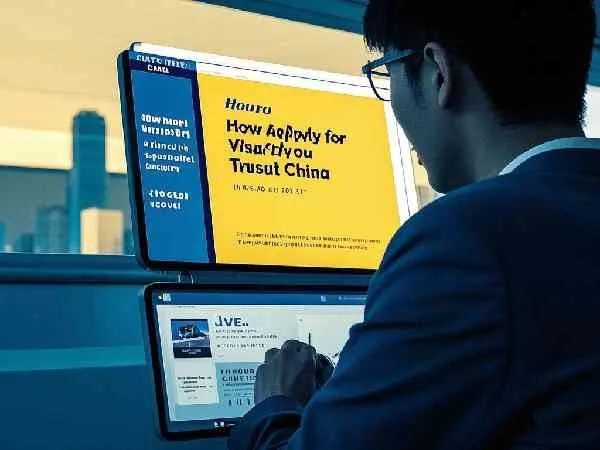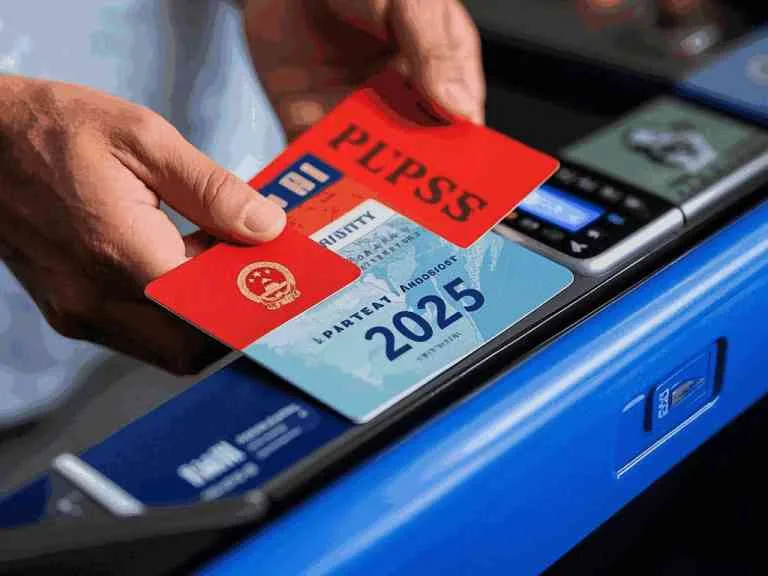China’s 240-hour visa-free transit policy, launched in December 2024, is a game-changer for short-term travelers. Designed to boost tourism and simplify entry for international visitors, this policy allows eligible foreigners to explore China for up to 10 days without a visa. Here’s everything Americans need to know.
1. What Is the 240-Hour Visa-Free Transit Policy?
The policy permits citizens from 54 countries, including the U.S., to transit through China visa-free for up to 10 days (240 hours). Introduced in December 2024, it replaces the earlier 72-hour and 144-hour exemptions and offers expanded flexibility for travelers en route to a third country (e.g., Hong Kong, Japan, or Thailand).
Key highlights:
Extended stay: From 6 days (144 hours) to 10 days (240 hours).
Cross-province travel: Visitors can explore multiple cities across 24 provinces (e.g., Beijing, Shanghai, Guangdong) without additional permits.
Simplified entry: Enter through 60 designated ports, including major airports like Beijing Capital, Shanghai Pudong, and San Francisco’s sister-city Guangzhou Baiyun.
2. Who Is Eligible?
The policy applies to passport holders from 54 countries, including the U.S., Canada, the UK, Australia, and most EU nations. Requirements include:
A valid passport with at least 3 months’ validity.
Confirmed onward tickets to a third country/region within 240 hours.
Entry/exit through one of China’s 60 approved ports18.
Travelers cannot engage in paid work or long-term study during their stay11.
3. Designated Entry Ports and Permitted Regions
As of 2024, travelers can enter through 60 ports across 24 provinces, up from 39 ports previously. Popular entry points include:
Beijing Capital/Daxing International Airport (permitted regions: Beijing, Tianjin, Hebei).
Shanghai Pudong/Hongqiao Airport (permitted regions: Shanghai, Jiangsu, Zhejiang).
Guangzhou Baiyun Airport (permitted regions: Guangdong Province).
Newly added ports like Harbin Taiping International Airport (Heilongjiang Province) and Mohan Railway Port (Yunnan) reflect China’s push to promote tourism in less-visited areas.
4. How to Apply
The process is straightforward:
Notify your airline during check-in about using the visa-free transit.
Prepare documents: Passport, onward tickets, and accommodation details.
Complete arrival forms (e.g., Temporary Entry Card for Foreigners).
Apply at immigration: Submit documents at the visa-free counter for a 240-hour stay permit.
Pro tip: The 240-hour clock starts at midnight the day after entry. For example, arriving on April 1 means your stay lasts until April 11 at 24:00.

5. Permitted Activities and Travel Flexibility
Travelers can:
Explore multiple provinces: Visit Beijing’s Forbidden City, Shanghai’s Bund, or Guizhou’s natural wonders—all within the 24-province zone.
Engage in tourism, business, or family visits: Attend conferences, sightsee, or reconnect with loved ones.
Use foreign-friendly services: Alipay and WeChat Pay now accept non-Chinese credit cards, simplifying transactions.
Restrictions: Overstaying or leaving the permitted regions may result in fines or entry bans.
6. Why This Policy Matters for Americans
Cost and time savings: Skip visa fees and weeks-long application processes.
Extended itineraries: Spend 10 days touring Beijing’s history, Shanghai’s modernity, and Xi’an’s Terracotta Warriors.
Economic boost: Over 17.4 million travelers used China’s visa-free policies in 2024, with tourism revenue surging by 123% year-on-year.
7. Common Pitfalls to Avoid
Overstaying: Strictly adhere to the 240-hour limit.
Ignoring regional boundaries: For example, entering via Guangzhou restricts travel to Guangdong Province unless exiting through another permitted port.
Incomplete documentation: Ensure onward tickets and accommodation bookings are printed or accessible digitally.
8. Success Stories and Travel Trends
Foreign travelers praise the policy’s convenience:
A U.S. blogger documented a 10-day trip from Beijing to Shanxi’s ancient temples and Hunan’s Zhangjiajie National Park.
Business travelers highlight seamless transitions between Shanghai meetings and Hangzhou’s West Lake tours.
9. Future Developments
China plans to expand the policy further, with discussions about adding more ports and extending stays for specific regions. The recent inclusion of Shanxi and Heilongjiang highlights efforts to diversify tourism beyond first-tier cities.
Conclusion: Unlocking China’s Wonders with Ease
China’s 240-hour visa-free transit policy is a golden ticket for Americans seeking short-term adventures. By understanding eligibility rules, entry ports, and regional flexibility, travelers can experience China’s cultural richness and economic dynamism without bureaucratic hurdles.
For updates, consult China’s National Immigration Administration or your airline.





